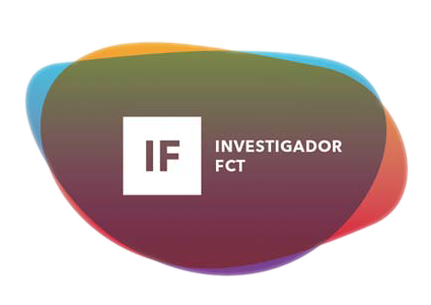Thomas Grismayer obtains a Starting Grant from FCT

Thomas Grismayer has been awarded a prestigious FCT Investigator contract in this year’s extremely competitive contest for these new positions.
Thomas obtained a Starting Grant for his proposal title “Pair dominated plasmas in ultra intense fields: from the laboratory to astrophysics.” The central scientific questions and the research focus of this project will be to determine the conditions for the creation of pair plasmas in the laboratory under the action of ultra intense fields (magnetic field and/or laser pulses) and to investigate the self-consistent collective dynamics of such plasmas with their radiation, both in laboratory and astrophysical conditions such as pulsars and magnetars.
The central scientific questions and the research focus of this project will be to determine the conditions for the creation of pair plasmas in the laboratory under the action of ultra intense fields and the determination of the role of the self-consistent collective dynamics of such plasmas, both in laboratory and astrophysical conditions, and its signatures. The work will leveraging on the recently developed possibility to perform ab initio simulations of quantum electrodynamics (QED) effects in extreme plasmas with particle-in-cell (PIC) simulations.
Relativistic electron-positron pair plasmas are everywhere in the high-energy universe, from the first few seconds of the Big Bang, to pulsar winds, blazars jets, and Gamma-ray burst. Transient, thermal pair-equilibrium plasmas also may be present around stellar-mass black holes during gamma-ray flares. Because of their unity mass ratio, pair plasmas behave differently from electron-ion plasmas in many respects. Hence, it is extremely desirable to study pair plasmas in the laboratory, both for the fundamental physics and for astrophysical applications. Neutron star magnetic fields can exceed 100 Tera Gauss, while white dwarf fields may reach 100 Mega Gauss. Studying laboratory plasmas in the presence of strong fields may demonstrate, for the first time, that we can reproduce in the laboratory the conditions of the atmospheres of neutron stars, magnetic white dwarfs, and relativistic jets, may enable the study of highly dynamical phenomena of radiation in strong fields, or to test theories of anisotropic radiation and particle transport in strong fields.
Electron-positron pair plasma (EPPP) can be produced via avalanche-like electromagnetic cascades. The collective dynamics of EPPP in a configuration of multiple strong lasers is a very complex phenomenon and numerical modeling becomes necessary in order to address problems in full 3D geometry such as: growth rate of the cascade, absorption of the initial laser energy and possibility of creating thermal pair-plasma equilibrium. The success of experiments related to the creation of pair-plasmas that will be conducted on ELI strongly depends on the optimization of the configuration of the light source (interaction and geometry of multiple lasers) and of the laser parameters (intensity, polarization, focus) that will determine the number of pairs created and thus the state of the pair-plasma.








